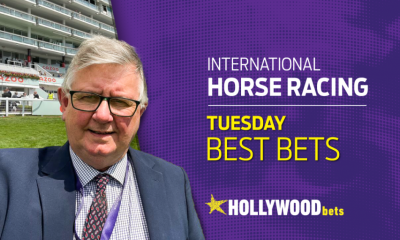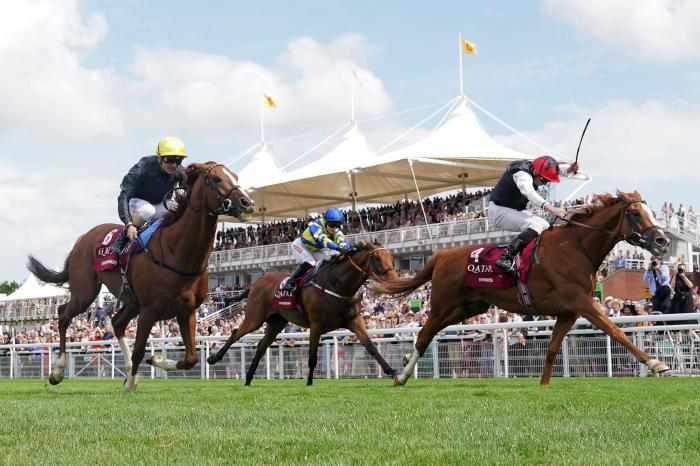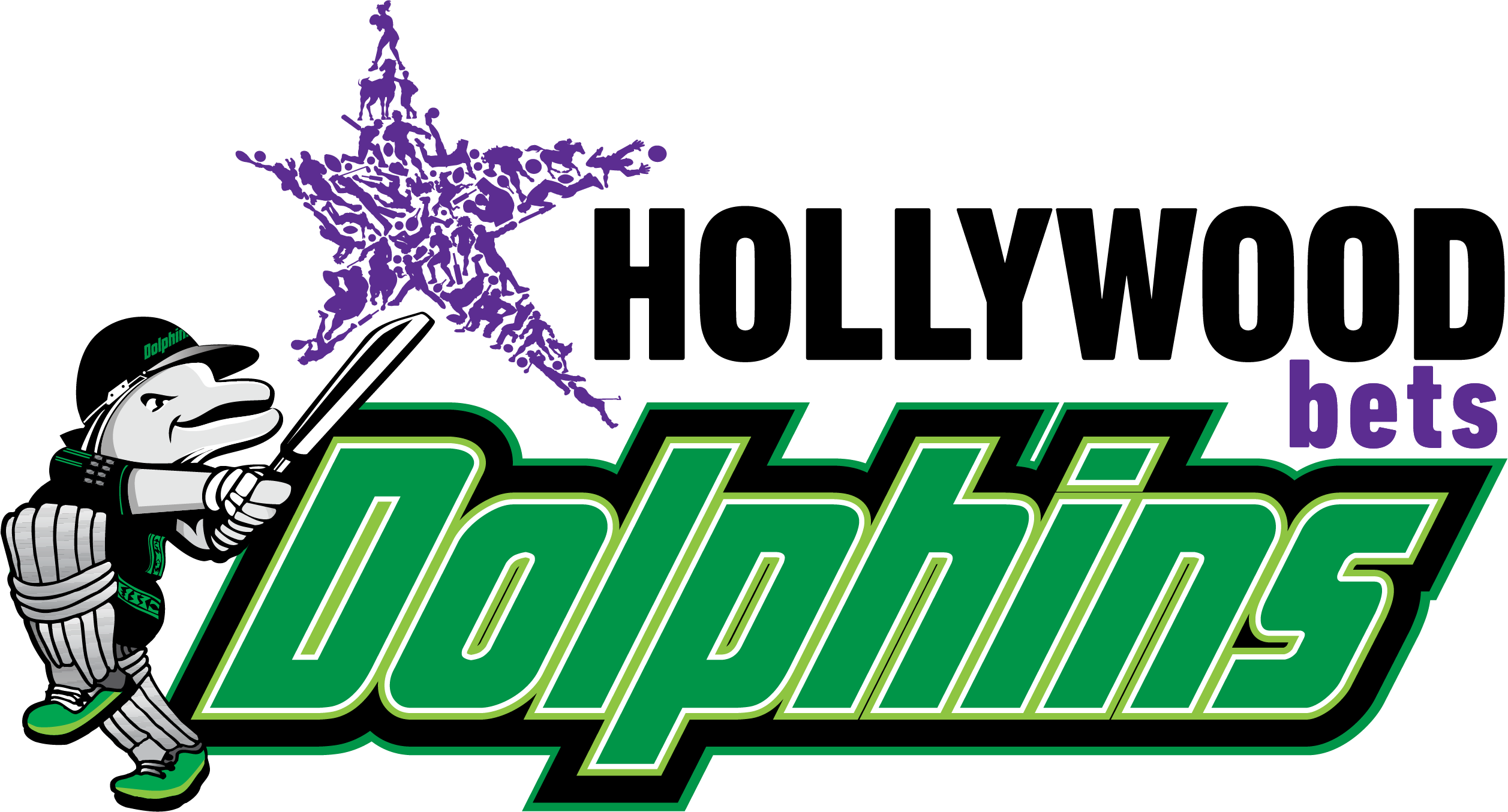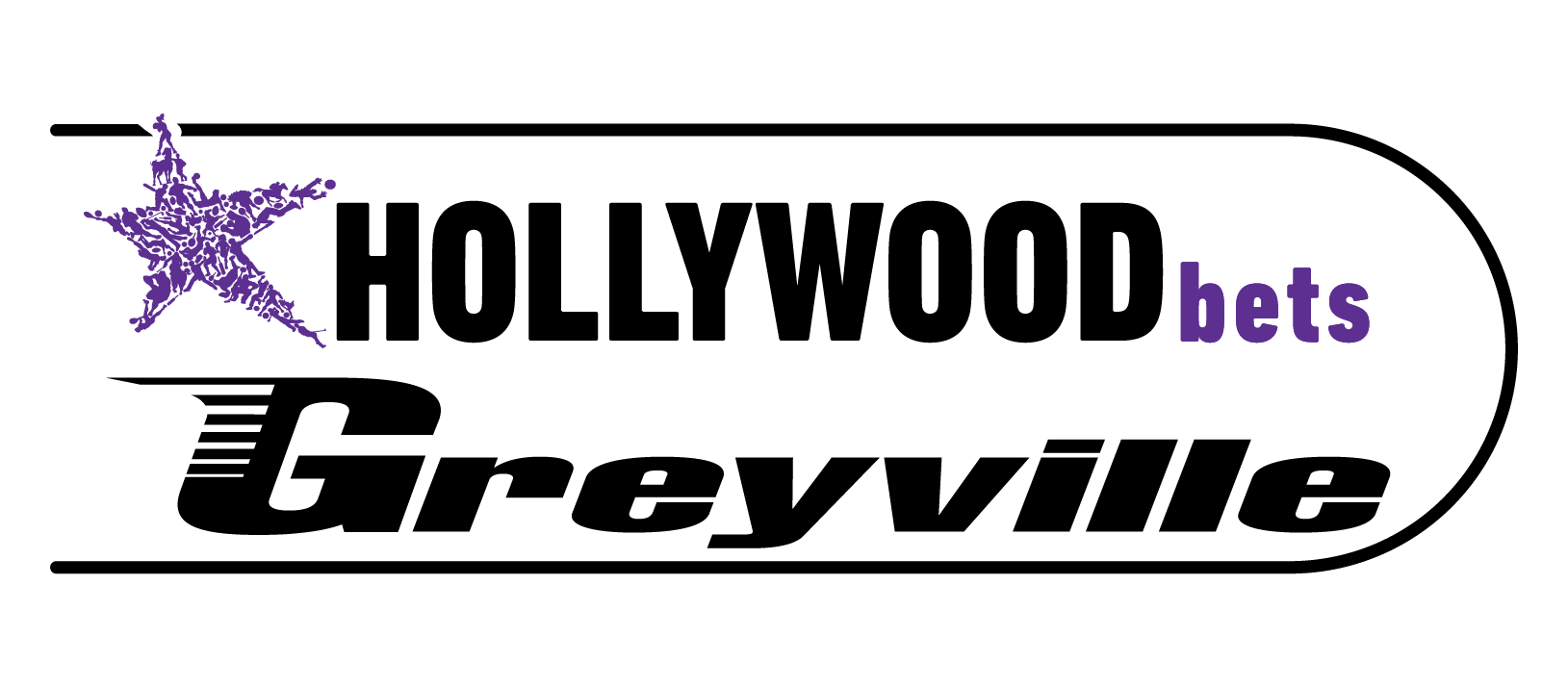Jockeys often ride to instructions provided by the horses’ trainer, however, especially amongst the top jockeys, the trainer will trust the jockey to ride the horse depending on how the race unfolds.
There are basically four different run styles for horses: held up, mid-division, prominent and led.
Some horses need to lead, or they will struggle with their rider and will expend too much energy and will have lost the race well before the finish.
Other horses need to be held up to varying extents as they need to run past other horses and are produced to lead close to the finish. One of the most important assets of any jockey, regardless of experience, is the ability to get a horse to settle as early as possible regardless of the race distance.
Of the current crop of riders, some of the best at getting a horse to settle early are Ryan Moore, Jim Crowley, Frankie Dettori, Oisin Murphy, Hollie Doyle and Tom Marquand, and it is no surprise that they win more than their share of races.
Of the younger generation Benoit De La Sayette and Billy Loughnane have the ability to get a horse to settle and they are winning some big prizes early in their career.
The opening day of the Flat turf season on April 1 was a case in point with the two youngsters winning the Lincoln Handicap and the Brocklesby Stakes respectively.
When watching a race unfold it is worth looking in the early stages for those runners which have settled and have stopped trying to pull and have stopped throwing their heads around.
Note those jockeys which consistently get their mounts to settle, especially younger jockeys who have that ability as that can give you an advantage when betting.
I am always nervous when a horse I have had a bet on goes out in front, unless that is its normal running style or it has a jockey on board that has a fantastic counter in his head – Steve Cauthen from the 1980s was a perfect example while Oisin Murphy and Tom Marquand spring to mind from today’s crop.
Those jockeys can count off the timings per furlong in their heads to the split second and if they know their horse is the fastest in the field, they can ensure an end-to-end victory.
The danger with some horses is if they go off too fast and run out of energy well before the finish – you will have seen many horses go off in front and the rest of the field do not immediately chase after them, as their jockeys realise that the pace is far too quick.
Conversely some jockeys are known for their hold-up styles and Jamie Spencer is probably the most extreme example of that style. Many backers of Spencer’s mounts will have sat with their hearts in their mouths waiting for the jockey to eventually make his move in the final furlong, before he hopefully produces the mount in the last strides to win.
It is important to watch racing to fully understand what jockeys do well and what style suits which horses, as that will help you create a picture of the race in your head when deciding which horse to back and why.
I am not sure which style I appreciate most, but I do know whether front-running or held-up, my heart rate is certainly faster than the jockey with the clock in his head.

























